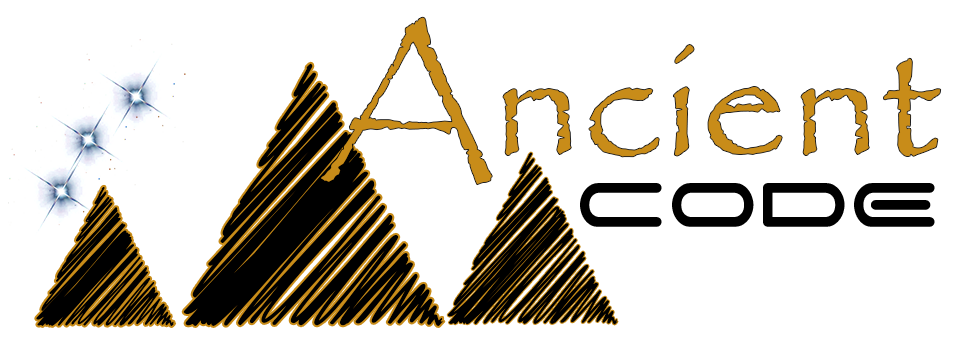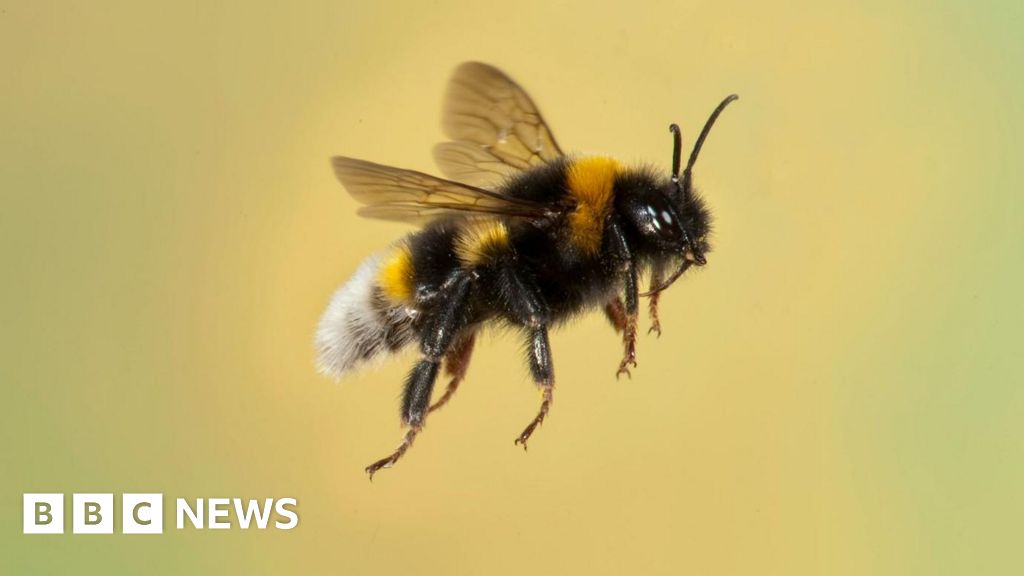What could possibly go wrong?
I’ve watched all of the movies from the Jurassic Park series and I just loved them. I mean, the movies have a perfect plot.
Imagine yourself stranded inside an abandoned Jurassic Park where countless Dinos are loose, running around waiting to eat you.
Better yet, imagine yourself in a modern Jurassic Park, and due to a number of failures, the cloned Dinosaurs start running around eating everything in their path.
Thankfully that’s just movies.
However, we could soon see an actual ‘Jurassic Park’ come to life.
Russia is opening a new cloning facility worth around £ 4.5 million ($ 5.9 million) that aims to recover the woolly mammoth and other extinct species that have been erased from the surface of the Earth.
Plans for the “world class” research center in the city of Yakutsk will be revealed by Russian President Vladimir Putin during the 4th East Economic Forum to be held from September 11 to 13 in the city of Vladivostok.
Putin said ahead of this year’s session: ‘Russia has currently ensured the most comfortable conditions for attracting advanced technologies and creating new innovative industries.
 Mammoth Trunk from Russia. Image Credit: Siberian Times.
Mammoth Trunk from Russia. Image Credit: Siberian Times.
‘The special economic zones are advanced special economic zones of the Far East offer foreign investors tax preferences and a simplified administrative regime with infrastructure being modernized at the government’s expense.’
In addition of planning to bring back woolly mammoths to life, Russian geneticists are willing to study a number of extinct species, such as the woolly rhinoceros and the cave lion, which disappeared thousands of years ago due to a number of different factors.
The cloning labs, some of which will be located underground, deep inside the permafrost soil of Yakutsk, aim to expand the current research of Russian scientists who work closely with a team of South Korean specialists to restore the long-dead mammals.
Yakutsk, the capital of the Republic of Sakha, rich in diamonds is a hot spot for the remains of frozen animals.
In fact, up to 80% of the samples of Pleistocene and Holocene animals with preserved soft tissues discovered in Russia have been unearthed in the region.
As noted by experts, the DNA of ancient animals can be preserved in the frozen ground, known as permafrost, for tens of thousands of years. It is hoped that by extracting DNA from these remains, researchers will better understand the biology behind some of the larger creatures that roam the Earth.
For example, woolly mammoths are thought to have coexisted with the first humans, who hunted the animal to use its bones and fangs in search of tools, shelter, and food.
 Mammoth Museum’s laboratory. Image Credit: Siberian Times.
Mammoth Museum’s laboratory. Image Credit: Siberian Times.
The animal, which could weigh a maximum of 6000 kg (6 metric tons), disappeared from its continental territory at the end of the Pleistocene era, about 10,000 years ago.
However, it is believed that isolated populations survived on St. Paul Island, in Alaska, until 5,600 years ago and on Wrangel Island, in Russia, until only 4,000 years ago.
According to the latest studies, woolly mammoths were most likely killed off due to a shrinking habitat caused by climate change, as well as excessive hunting.
But since we obviously have a thing for wholly mammoths, several international projects, including a team from Harvard University, are already competing to use preserved mammoth DNA to resurrect the ancient species.
According to the Siberian Times, “the 400 million rouble paleo-genetic scientific centre will aim to study extinct animals from living cells – and to restore such creatures as the woolly mammoth, woolly rhinoceros, cave lion and breeds of long-gone horses.”

 Movie
Movie 2 months ago
46
2 months ago
46 






![Presidents Day Weekend Car Sales [2021 Edition] Presidents Day Weekend Car Sales [2021 Edition]](https://www.findthebestcarprice.com/wp-content/uploads/Presidents-Day-Weekend-car-sales.jpg)



 English (United States)
English (United States)